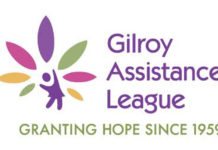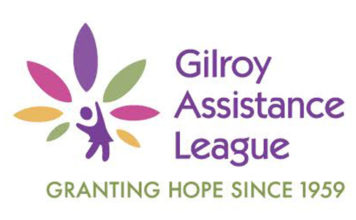Gilroy
– City Hall has entered a quiet phase in construction and is
recharging its financial batteries after the busiest construction
boom in Gilroy history, city officials say.
Gilroy – City Hall has entered a quiet phase in construction and is recharging its financial batteries after the busiest construction boom in Gilroy history, city officials say.
The slowdown coincides with a cooling in the housing market, which means fewer dollars flowing into revenue pools from so-called “impact fee funds.” The fees levied on developers help offset the costs of providing new buildings, roads and sewers to service the new businesses and residents generated by the construction.
“There are two major dynamics here,” City Administrator Jay Baksa said. “Even without the slowdown in the economy, primarily all of the impact fees have just gone through a very aggressive process, from (funding) the police department to water lines, roads, sewer lines. They have spent a great deal of money in a very confined period of time.”
This year’s capital Improvement budget shows $89.3 million worth of construction planned for the five-year period from 2007 to 2012, Baksa said. That compares to $193 million in spending budgeted for 2003 to 2008.
That money paid for a slew of projects, including the city’s corporation yard, a third fire station, a middle-school gymnasium, the south Gilroy sports complex, and new parks, among other capital projects.
The scaled-back spending in the city’s latest five-year budget will pay mainly for road improvements, a new arts center in downtown Gilroy, and a Camino Arroyo Bridge connecting the shopping hubs east of U.S. 101.
Baksa said the slowdown is not cause for concern, but is part of a city’s natural budget cycle.
“You generate revenue over a 10-year period, you collect it for five to seven years, and then you build (projects) in three to four years,” Baksa said. “You can’t build them until you have the money. We are now in what I call a natural pause.”
The natural slowdown has been complicated by the possible purchase of Gilroy Gardens Family Theme Park. The nonprofit park in west Gilroy recently approached the city with an offer to sell its 536 acres for $12.4 million.
Though the purchase could mean millions of dollars in savings on future park purchases, officials are uncertain where they will find the money to pay for the land. The city’s public facilities fund, which finances new buildings and other public facilities, will stand at $6 million in the fiscal year starting in July. By 2011, the feverish spending of recent years on new facilities will have driven the fund to just $310,000, according to budget projections.
The Gilroy Gardens purchase could mean delaying the arts center or other spending priorities, though Mayor Al Pinheiro has said it is “too early to speculate” on how the city will finance the deal. Officials have not made any commitments to buy the land and are now looking for creative ways to come up with the money.
In the meantime, Pinheiro is happy to let more than a dozen impact fee funds regenerate cash from developer fees. By fiscal year 2011-2012, the pool of funds earmarked for new public facilities is expected to jump back up $2.5 million.
“Some of us have been around City Hall long enough to know there are valleys and peaks,” he said of the lull in building by the city and the private sector. “Then it kicks back up. I think we’re in a good position where it gives us a breather.”














